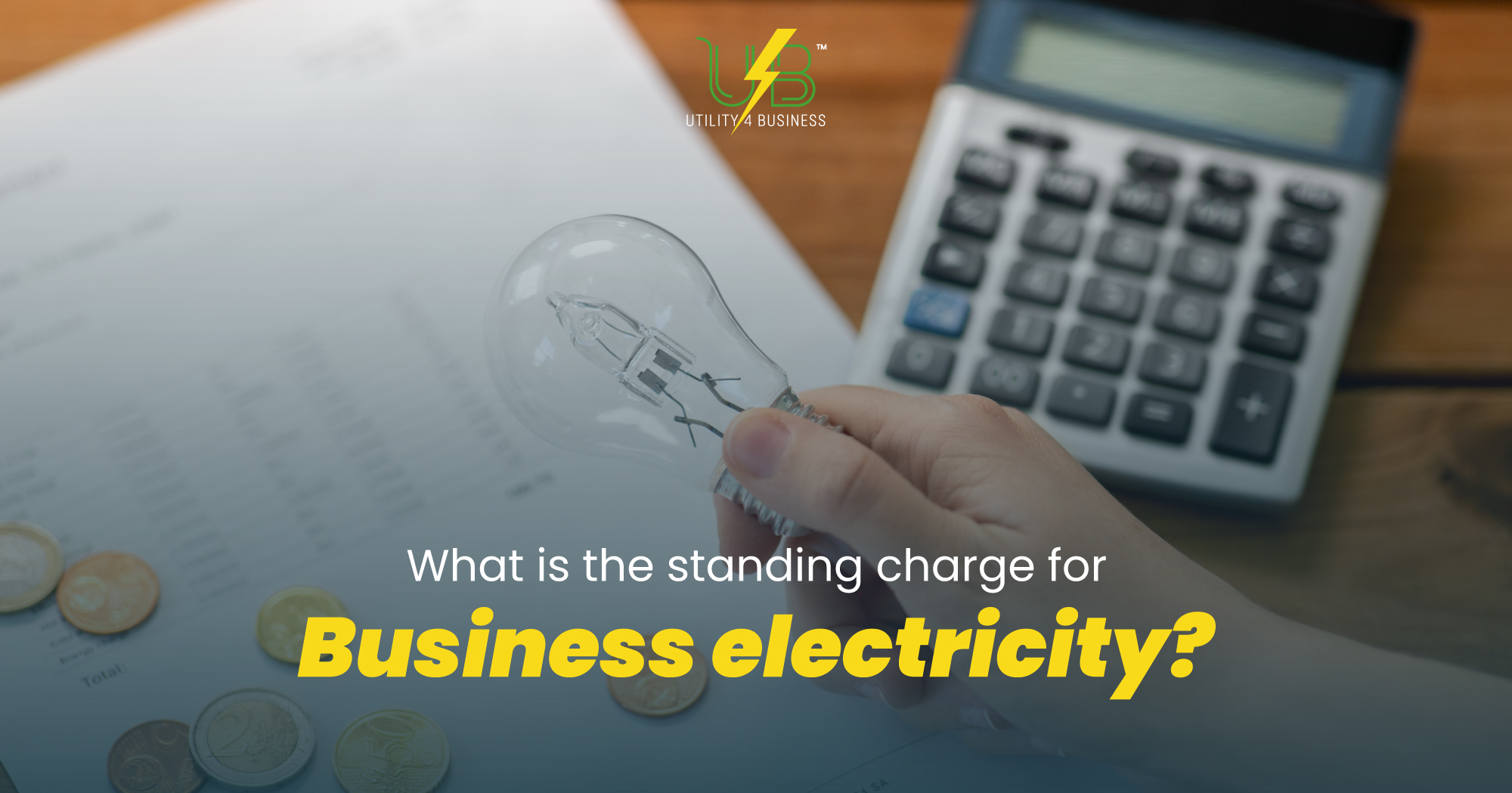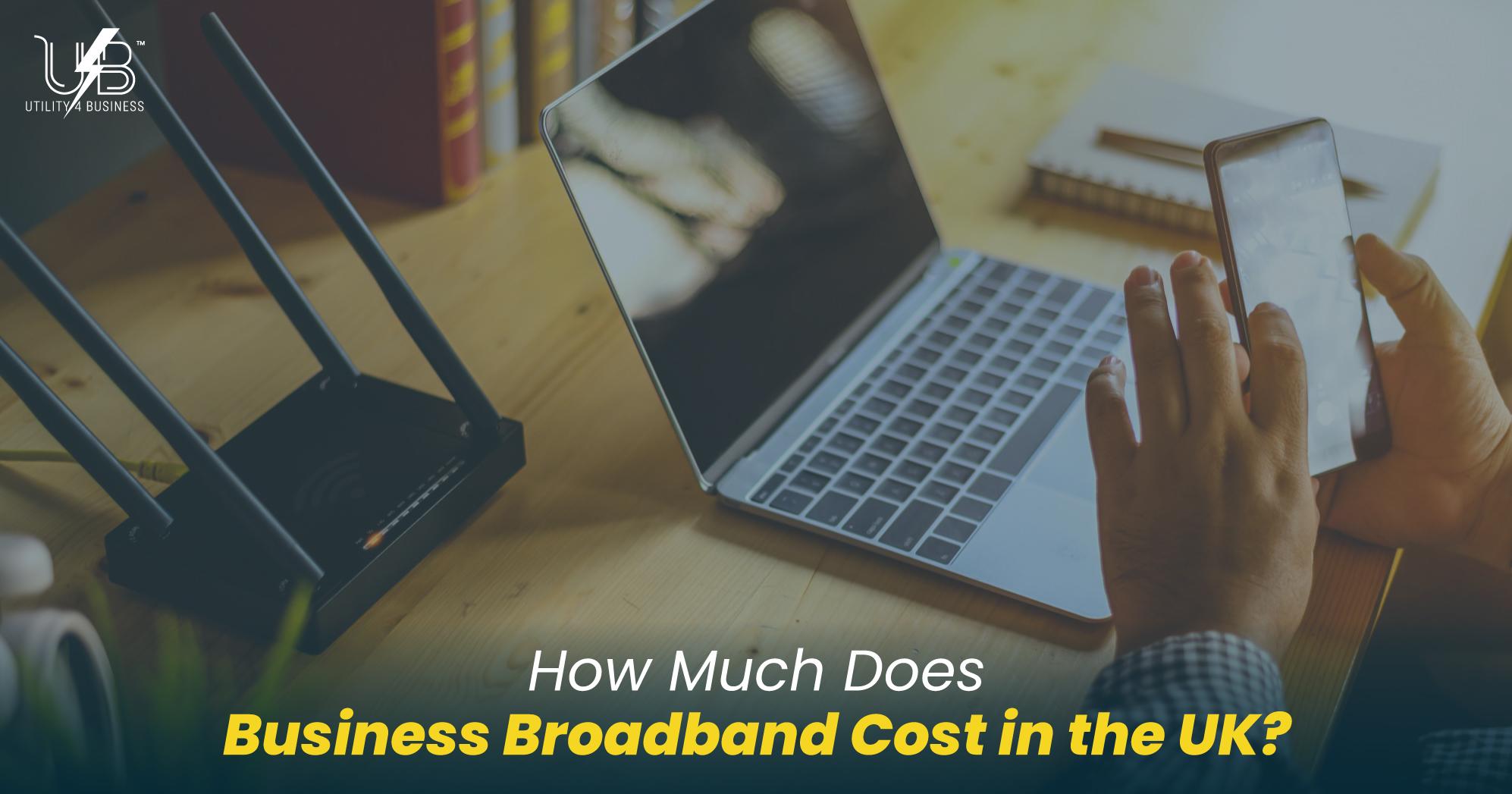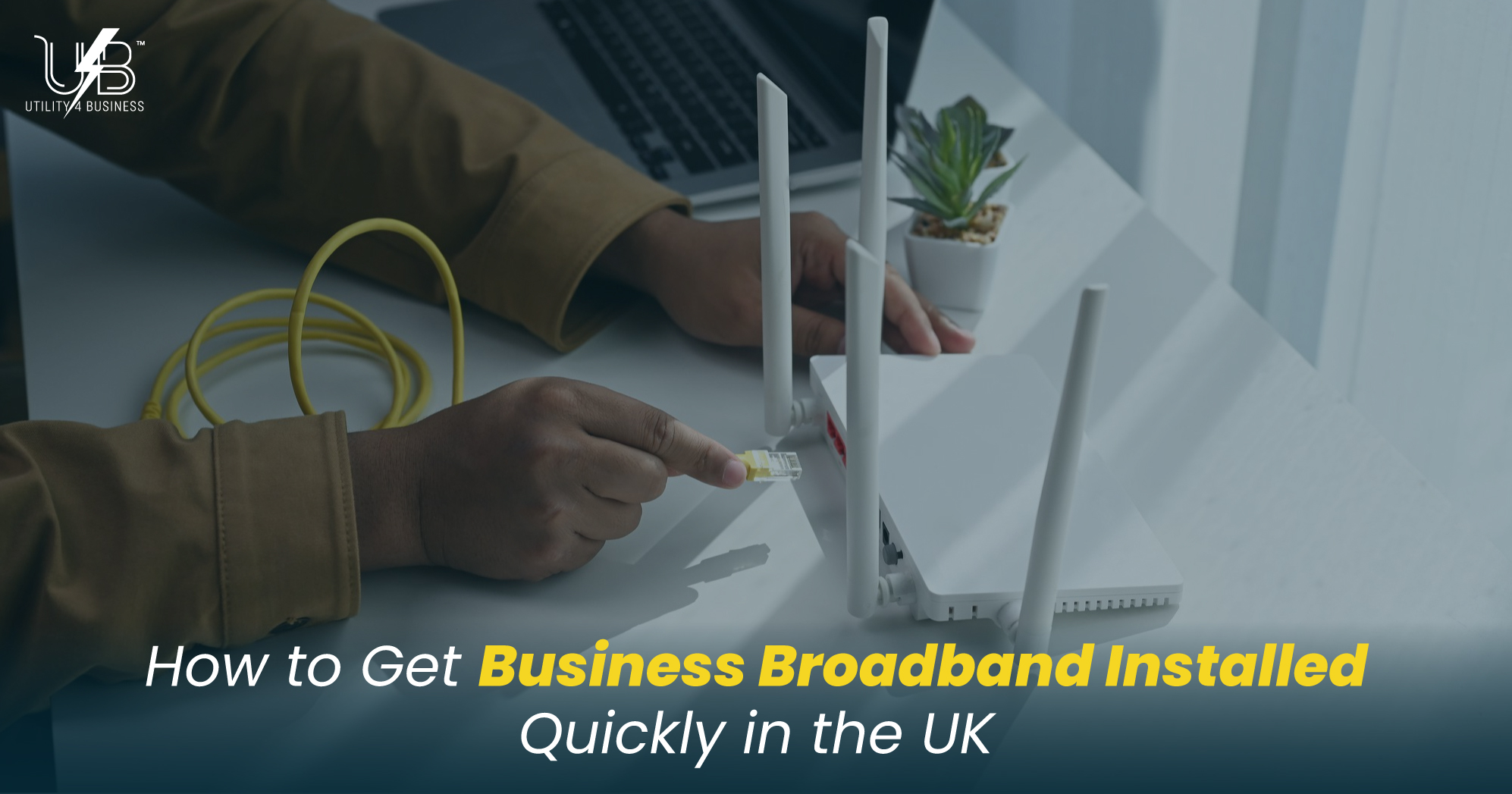What is the standing charge for business electricity?
What UK businesses pay daily for electricity in 2025

Does your electricity bill stay high, even when your business barely uses any power? The answer lies in something called the standing charge. It’s a fixed daily fee added to your bill, whether your machines are running or not.
In 2025, UK businesses are paying an average of 63.4p per day, which adds up to over £231 a year. Some are paying as much as £1.60 a day, depending on their region and contract. Even if your usage is low, these charges keep stacking up.
What is a Standing Charge?
A standing charge is a daily fixed fee you pay on your business electricity bill. It is fixed every single day, regardless of the amount of power you draw. Whether you are operating a busy coffee shop or a small office with a few lights and laptops, you pay for it.
The standing charge is there to help cover the costs of keeping your business connected to the electricity network, including costs for grid maintenance, meter readings, and supplier services.
Ensure, however, you clearly understand the difference between a standing charge and your unit rate. Your unit rate is the price you pay per kilowatt hour (kWh) of electricity consumed. This is the part that increases when you use more energy. The standing charge does not increase with your usage; it is there all day, every day, regardless of usage.
Almost all UK business electricity tariffs contain a standing charge, even if during that month you had hardly any electricity consumption.
What Makes Up the Standing Charge?
One big reason why standing charges exist is to help maintain the electricity grid. You’re paying your share to keep the system running across the country.
There’s a cost called DUoS, which stands for Distribution Use of System. This is what keeps the local network working—those wires and substations that bring power to your business.
Then there’s TNUoS, which stands for Transmission Network Use of System. That supports the national grid and larger-scale infrastructure that moves electricity across the country.
Metering is another part. You’re also paying for the installation, maintenance, and readings of your electricity meter, especially if it’s a smart meter that sends readings automatically.
Your supplier also adds operational costs to the charge. Things like billing, account management, and customer service don’t come free.
Part of your standing charge goes to the government, too. It supports environmental schemes and helps recover the costs from failed suppliers.
Finally, your location matters. Businesses in rural or remote areas often pay more because it costs more to serve them. So if you’re in North Wales, you might see higher standing charges than someone based in central London.
What Are the Average Standing Charges in 2025?
Standing charges vary by business size and region, but here’s what the average UK business can expect to pay this year.
If your business uses between 5,000 and 15,000 kWh a year, your average standing charge is around 63.4p a day. That works out to about £231.41 per year.
Medium-sized businesses using about 25,000 kWh annually pay closer to 57.9p a day. For larger businesses using 25,000 to 50,000 kWh, the average jumps to around 114.2p a day.
Location also plays a major role. Businesses in London might pay as little as zero to 47p a day, while those in North Wales or the Highlands could face much higher rates.
There was a small drop in standing charges across many tariffs in 2024. Some businesses saved around £66 a year. But 2025 might bring fluctuations as suppliers react to market and regulatory changes.
Some suppliers reintroduced no-standing-charge tariffs in late 2024. These plans remove the daily fee, but the unit rate tends to be higher, around 30p per kWh instead of 25p. That might be useful for very low-usage businesses, but it’s not always the cheaper option overall.
Are Standing Charges Good or Bad for Your Business?
Standing charges can be helpful if your business uses electricity regularly. They offer a fixed cost that’s easy to budget for and help keep the grid running smoothly.
But they’re not ideal for everyone. If your business only runs seasonally or barely uses electricity, the standing charge can feel like an unnecessary cost.
Tariffs with no standing charge can seem attractive, but they often have much higher unit rates. That means if you do use more electricity than expected, your overall bill could end up higher than with a standard tariff.
The key is to understand your usage. If your business uses electricity every day, a tariff with a reasonable standing charge and low unit rate might be best. But if your usage is low or irregular, it might be worth looking into plans with no standing charge—just make sure the maths works out.
How to Manage and Reduce Your Standing Charge Costs
The first step is to compare business electricity suppliers. A business electricity comparison tool can show you which suppliers have the lowest standing charges for your area and usage level.
Next, check if a no-standing-charge tariff might work for your business. If your electricity usage is very low, it could save you money, even with a slightly higher unit rate.
Choosing a fixed tariff can help you avoid sudden increases in standing charges during your contract period.
If you want to reduce your dependence on the grid, look into solar panels or battery storage systems. They might help cut your long-term electricity costs.
It’s also worth doing an energy audit. Understanding when and how you use electricity can help you find the best tariff.
Lastly, consider working with a business energy broker. They can help you secure the best deal and often negotiate better terms than going directly.
Conclusion
Standing charges are one of the main costs associated with business electricity in the UK. Standing charges are the charges you pay for being connected to the national grid, the cost of keeping your consumption meter maintained, and the cost of maintaining a national infrastructure.
For the business, they do not vary with consumption. This makes them easy to budget for, but can be costly for a business that is small in size or seasonal capacity.
Utility4Business works with UK businesses like yours to encourage better deals for energy contracts. If you aim to reduce standing charges or need to move from your current tariff for efficiency, we'll help with whatever you need to make each contract a smooth process and take away the stress.
In 2025, standing charges could add £100 or more than £500 a year to your electricity costs, so it's best to make a perfect move now.
Find This Article Helpful? Share It Now!
At Utility4Business, we offer top-notch customer support and business utility solutions for businesses across the UK. Consider sharing this article and helping others discover how our expertise can add value to their business success.

Read Our Latest Posts
Explore our latest blog posts and learn how Utility4Business can support your business growth with tailored utility solutions and services. Stay ahead of the curve with the latest information from industry experts and take advantage of our user-friendly comparison services to find the best business deals.


Get Connected
At Utility4Business, our team of experts can help you figure out the highest-value business utility deals that will help your business grow over time.


